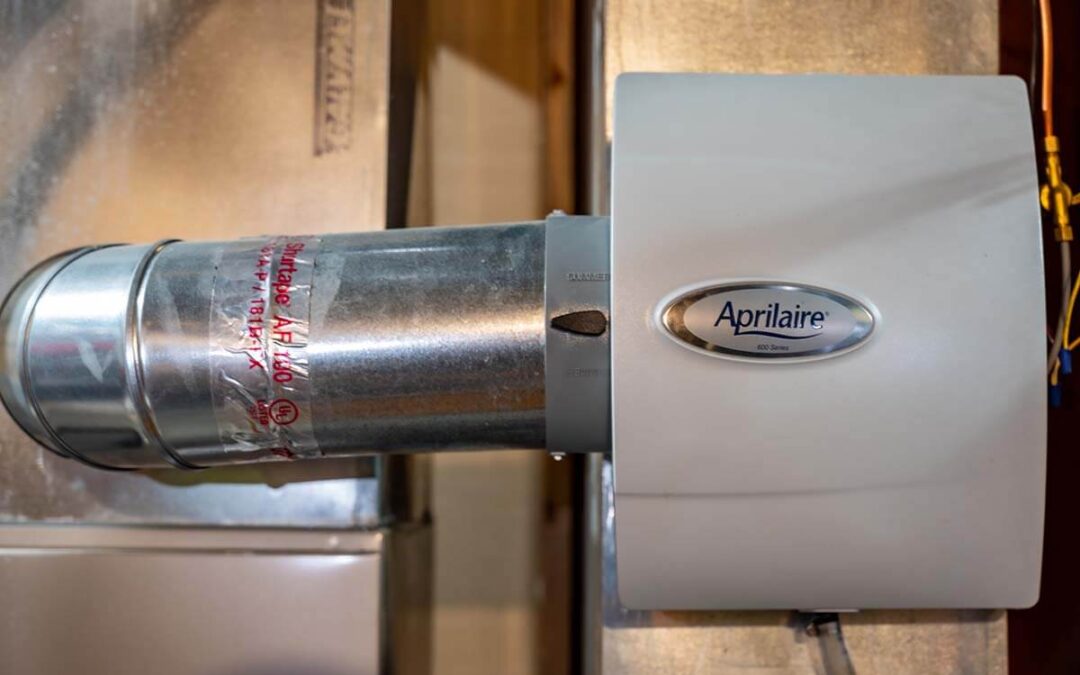Are you a canoe enthusiast or someone who is interested in water sports? If so, then you might have come across the term "keel on a canoe". But what exactly is a keel on a canoe and why is it important? In this blog post, we will explore the concept of keel on a canoe and its significance in water navigation.
When it comes to using a canoe, there are a few pain points that can arise. One of the most common issues is the lack of stability and control while paddling. This is where the keel on a canoe comes into play. By adding a keel to your canoe, you can improve its stability and maneuverability, making your paddling experience much smoother.
The target of keel on a canoe is to enhance the canoe's performance on the water. It helps in maintaining a straight course, especially when facing strong winds or currents. The keel acts as a fin-like structure underneath the canoe, providing stability and preventing it from tipping over.
In conclusion, a keel on a canoe is a vital component that improves the stability and control of the canoe while paddling. It helps in maintaining a straight course and enhances the overall performance on the water. Now, let's dive deeper into the topic and explore its various aspects.
The Importance of Keel on a Canoe
As an avid canoeist, I have had my fair share of experiences with and without a keel on a canoe. One particular incident stands out in my memory. I was paddling on a lake with strong winds, and without a keel, my canoe was constantly veering off course. It was challenging to maintain control and keep the canoe steady. However, when I added a keel to my canoe, I noticed a significant improvement in stability and control.
A keel on a canoe is a structural element that runs along the centerline of the hull, extending from the bow to the stern. It acts as a stabilizer and helps the canoe maintain a straight course. The keel provides resistance to sideways movement, allowing the canoeist to paddle more efficiently and effectively.
Historically, the concept of a keel on a canoe can be traced back to ancient times. Native American tribes used keels on their canoes to improve stability and control while navigating rivers and lakes. The keel not only helped in maintaining a straight course but also provided stability in rough waters.
There is a hidden secret behind the keel on a canoe that many people are not aware of. Besides its practical benefits, the keel also has a symbolic meaning. In some cultures, the keel represents strength, stability, and balance. It is seen as a connection between the canoeist and the water, providing a sense of harmony and control.
Recommendations for Keel on a Canoe
If you are considering adding a keel to your canoe, here are a few recommendations to keep in mind:
- Choose the right type of keel for your canoe. There are various options available, including detachable keels and permanently attached keels.
- Consult with an experienced canoeist or a professional before installing a keel. They can provide valuable insights and guidance based on your specific needs and preferences.
- Ensure that the keel is securely attached to the canoe. Loose or poorly installed keels can affect the performance and stability of the canoe.
- Practice paddling with the keel to get accustomed to the changes in stability and control. It may take some time to adjust to the new dynamics of the canoe.
Exploring Keel on a Canoe in More Detail
Now, let's dive deeper into the topic of keel on a canoe and explore its various aspects:
1. Types of Keels: There are different types of keels available for canoes, including flat keels, V-shaped keels, and retractable keels. Each type has its own advantages and disadvantages, depending on the specific use and conditions.
2. Installation Process: Installing a keel on a canoe can be a DIY project, but it is recommended to seek professional assistance, especially if you are new to canoeing. The installation process involves measuring, drilling, and securely attaching the keel to the hull.
3. Maintenance and Care: Like any other part of a canoe, the keel requires regular maintenance and care. It should be inspected for any signs of damage or wear, and if necessary, repaired or replaced to ensure optimal performance.
4. Impact on Performance: Adding a keel to a canoe can have a significant impact on its performance. It improves stability, control, and tracking, making it easier to paddle in various conditions such as wind, waves, and currents.
Tips for Keel on a Canoe
If you are planning to add a keel to your canoe, here are a few tips to consider:
- Research and gather information about different types of keels and their suitability for your canoe.
- Consult with experienced canoeists or experts to get their insights and recommendations.
- Take your time to understand the installation process and follow the instructions carefully.
- Practice paddling with the keel to get familiar with the changes in stability and control.
- Maintain regular care and inspection of the keel to ensure optimal performance.
Conclusion of Keel on a Canoe
In conclusion, a keel on a canoe is a vital component that enhances stability, control, and performance while paddling. It helps in maintaining a straight course and provides resistance to sideways movement. By adding a keel to your canoe, you can improve your paddling experience and navigate through various water conditions more efficiently. So, if you are looking to enhance your canoeing skills and enjoy a smoother ride, consider adding a keel to your canoe.

No comments:
Post a Comment